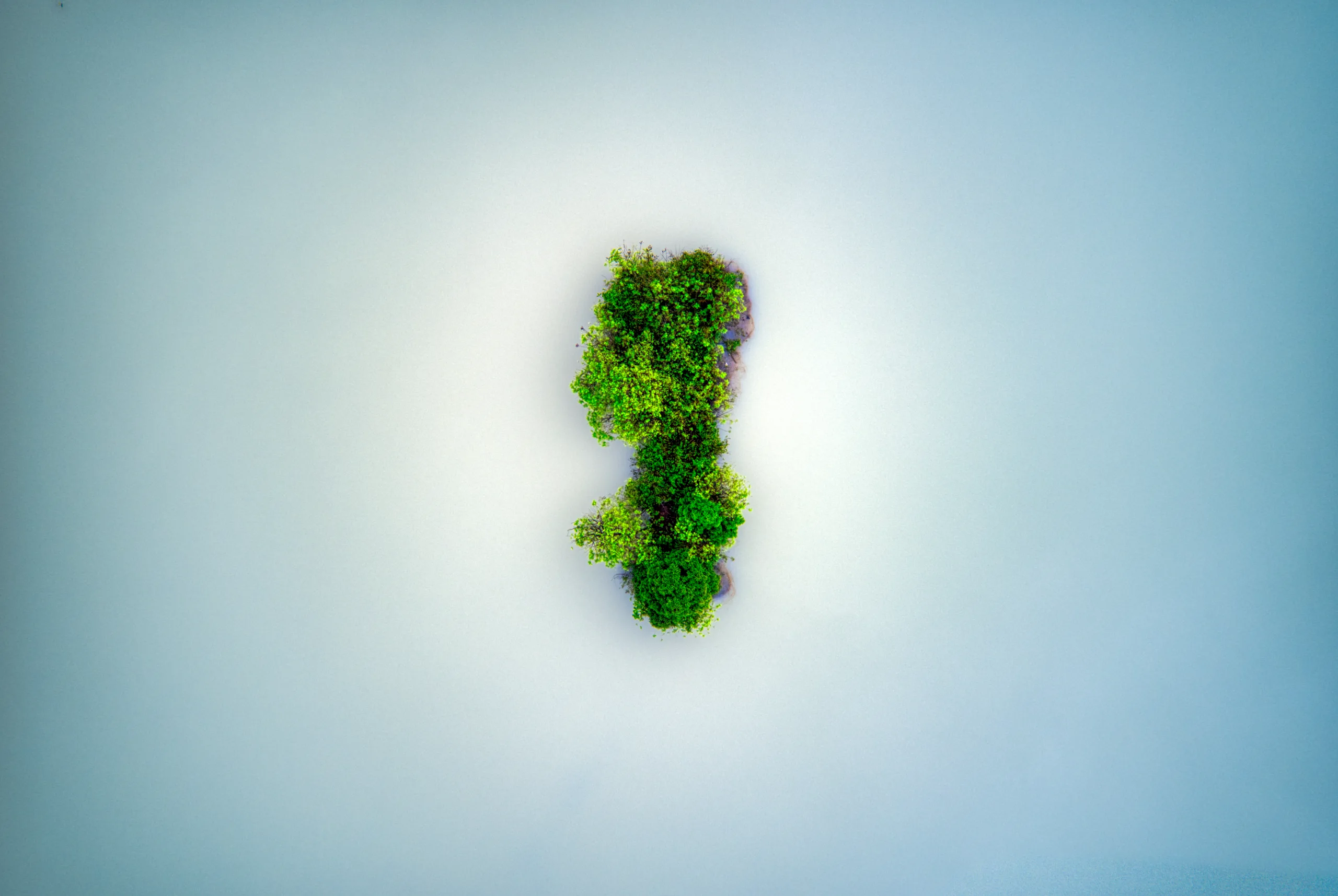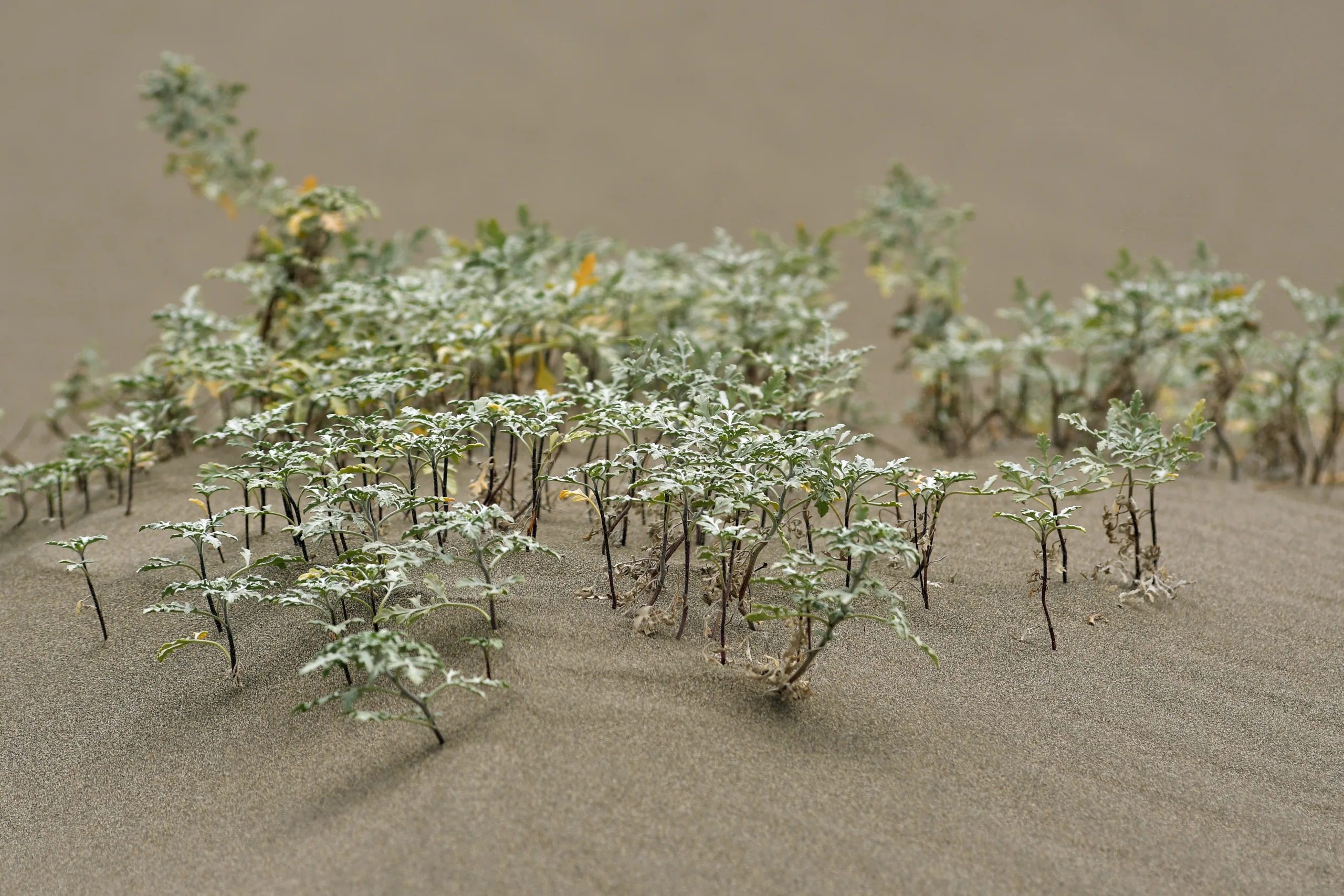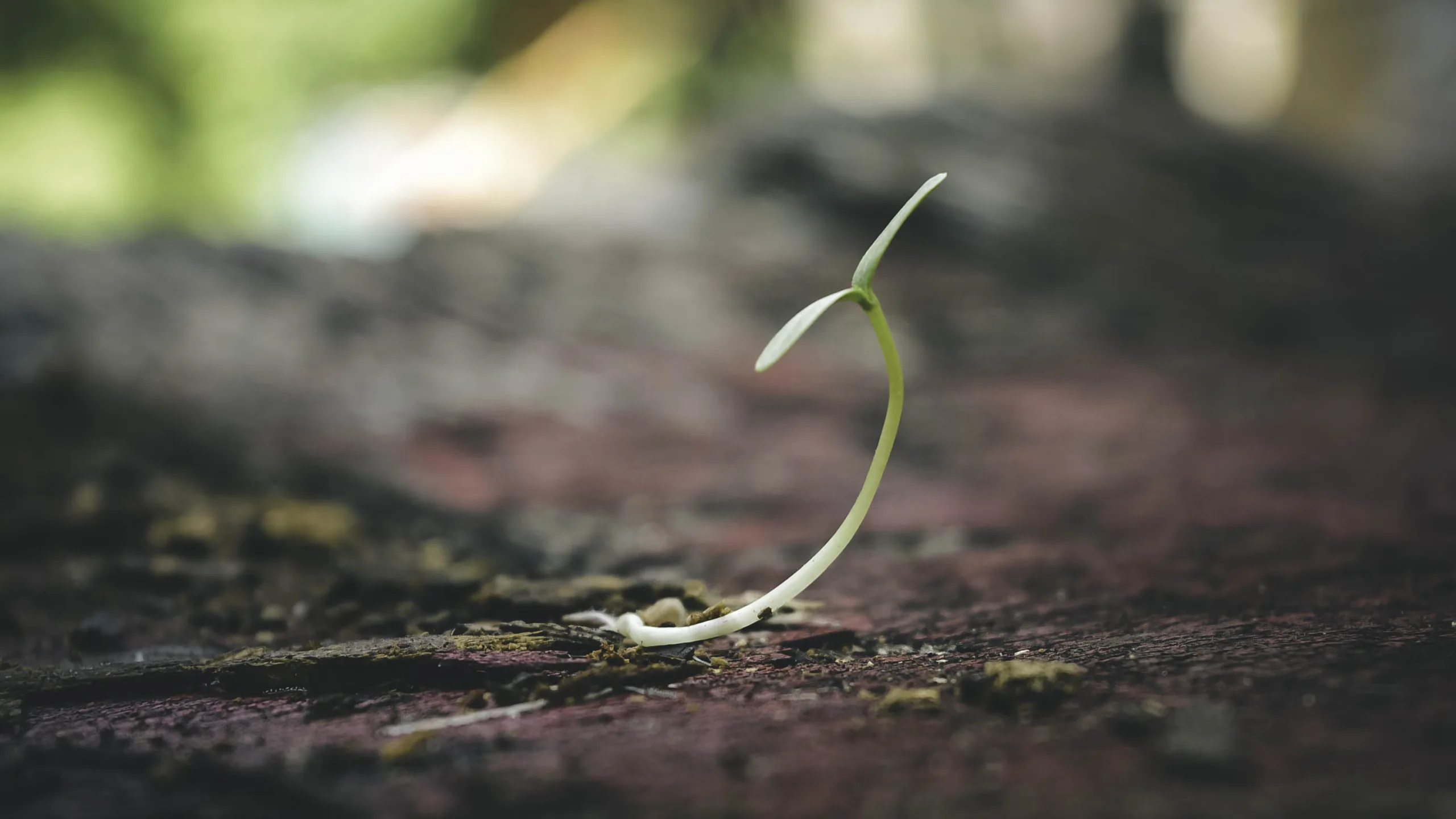Growing trees from seeds is an exciting and rewarding process that can provide you with beautiful, healthy trees for a fraction of the cost of buying mature saplings. Starting from scratch is also a great way to ensure that the trees you grow are adapted to your local climate and soil conditions. You’ll learn how to select the right tree species, germinate and care for your young plants, and eventually transplant them in your garden or yard.
In this article, you’ll discover best practices for growing trees from seeds — what types of seeds are best, how to plant them correctly, and how to nurture them until they’re ready to be transplanted. Whether you want to start a tree farm or just add some shade-providing greenery to your property, this guide will provide all the information you need.When it comes to choosing the right tree seeds, there are a few key factors you should consider. First, make sure the tree species you select is suitable for your climate and location. You should also consider the tree’s size at maturity, as well as its growth rate and how much maintenance it will require. Additionally, it is important to choose tree seeds that are disease-resistant and adapted to your soil type. Finally, think about how the tree will enhance your landscape and what purpose it will serve.
The Basics of Planting Tree Seeds
Planting tree seeds is a great way to grow your own trees at home. It’s an easy and affordable way to create a unique and beautiful landscape around your home. However, it’s important to understand the basics of planting tree seeds before you get started. Here are some tips for success when planting tree seeds.
First, you need to select the right type of seed for your area and climate. Different types of trees require different types of soil and temperature conditions for successful growth. You should also make sure that the seed is suited for the size and type of tree you are looking for.
Once you’ve chosen the right type of seed, it’s time to prepare the planting area. Make sure to remove any weeds or debris from the area before you begin planting. The soil should be loose and well-drained so that water can easily reach the roots of your tree seedlings. If needed, amend the soil with compost or other organic matter to ensure optimal nutrient levels.
When it comes time to actually plant your tree seeds, make sure not to over-water them or bury them too deeply in the soil. Depending on the species, tree seeds may need light in order for germination or they may need darkness in order for germination to occur properly. Planting depth will vary depending on species as well.
It’s also important that you provide your newly planted tree seeds with adequate moisture throughout their growing season. Most species require a steady supply of water until they have established a strong root system, so make sure you check on them regularly during this period.
Finally, make sure that you give your new trees enough space as they grow so that their roots don’t become overcrowded or compete with one another for nutrients in the soil. Different species will require different spacing requirements, so be sure to research this before planting multiple trees in close proximity.
By following these tips, you can have success when planting tree seeds at home and enjoy watching them grow into healthy and beautiful trees!
When is the Best Time to Plant Tree Seeds?
Planting tree seeds can be a great way to add beauty and value to your property. However, it is important to know the best time of year to plant tree seeds in order to ensure that they have the best chance of surviving and thriving. Depending on where you live, the best time of year for planting tree seeds may vary. In general, the best time for planting tree seeds is during spring or autumn.
During springtime, temperatures typically start to rise and soil becomes more workable. This allows you to easily dig holes and prepare the soil for planting tree seeds. The warmer weather also encourages seed germination and growth. Additionally, rainfall tends to be more plentiful during this time of year, which helps keep newly planted seeds moist until they become established.
Autumn is another great time for planting tree seeds as it gives them plenty of time to become established before winter sets in. This gives them a better chance of surviving harsh winter conditions such as freezing temperatures and heavy snowfall. Additionally, the cooler temperatures during autumn promote slower growth rates which can help prevent weak branches from forming due to rapid growth from high temperatures in summer months.
No matter when you decide to plant your tree seeds, proper preparation is essential for ensuring successful seed germination and growth. Before planting your tree seeds, it’s important to choose a location that provides adequate sunlight and drainage as well as enough space for roots to spread out once the tree has matured. Additionally, make sure that you prepare your soil by tilling it so that it is loose enough for roots to easily penetrate it when they begin growing.
Overall, both springtime and autumn are great times of year for planting tree seeds depending on your location and climate conditions. Just remember that proper preparation is key when it comes to successfully growing a healthy tree from seed!
Potting Soil Requirements for Growing Trees from Seeds
Growing trees from seeds is a rewarding experience, and it can be a great way to add diversity to your garden or landscape. However, in order for your seedlings to thrive, it is important that you provide them with the right potting soil mix. To ensure the best possible results for your seedlings, it is important to understand the different components of potting soil and how they work together.
The ideal potting soil mix contains a balance of organic matter and mineral nutrients that will help support healthy root growth. It should also be well-aerated and free-draining, so that the roots are not left waterlogged or smothered. Organic matter is essential for providing nutrients to the seedling’s roots, as well as increasing water retention and aeration to ensure optimum growth.
Organic matter should make up at least half of the potting soil’s volume. This can include compost, peat moss, leaf mold, aged manure or other organic materials. These will provide beneficial nutrients such as nitrogen and phosphorus which are essential for healthy root development.
In addition to organic matter, a good potting soil mix should also contain some mineral nutrients such as potassium, magnesium and calcium which are necessary for healthy plant growth. These minerals are usually added in the form of fertilizers or slow-release granules which will provide an ongoing supply of nutrients over time.
Finally, the potting soil mix should include some perlite or vermiculite which will help improve drainage and aeration while retaining moisture at the same time. This ensures that your seedlings have access to plenty of oxygen while still receiving enough water for optimal growth.
In summary, when preparing a potting soil mix for growing trees from seeds it is important to include a balanced combination of organic matter, mineral nutrients and aeration materials like perlite or vermiculite in order to create an environment suitable for healthy root development. By following these steps you can be sure that your seedlings will receive all the necessary elements they need in order to thrive and grow strong roots!
Preparing the Soil for Planting Tree Seeds
Planting tree seeds is a rewarding experience that can beautify your landscape and add value to your property. Before you begin planting, however, you must first prepare the soil. Properly preparing the soil for planting trees will help ensure their growth and health. Here are some tips for preparing the soil for planting tree seeds.
Start by removing any weeds or debris from the area where you’ll be planting. This will help loosen up the soil so that it’s easier for roots to penetrate it. You can also use a shovel or tiller to loosen up compacted soil and break up any clumps.
Next, mix in organic matter such as compost or peat moss into the top few inches of soil to improve its nutrient and water-holding capacity. Organic matter will also help improve the overall structure of the soil, making it easier for roots to spread out and grow.
Finally, rake the area until it is level and even before planting your tree seeds. This will help ensure that water drains properly and that your tree’s roots have enough space to spread out evenly as they grow.
By following these steps, you can ensure that your tree seeds have a good foundation on which to thrive when planted in your garden or landscape. With a little bit of preparation, you can give your trees the best chance of success!

Choose the Right Tree Species
When planting tree seeds outdoors, it is important to choose the right tree species for your climate and soil conditions. Different species of trees have different requirements for soil quality, moisture levels, sunlight exposure and temperature. Consider what types of trees do well in your area and select species that are hardy and adaptable to your environment. It is also important to consider the mature size of a tree when selecting a species – some trees can grow quite large and may not be suitable for a small garden or yard.
Prepare the Soil
Once you have chosen the appropriate tree species for your location, it is time to prepare the soil. Clear away any debris from the planting site and loosen up the soil with a shovel or garden fork. If necessary, amend the soil with compost or other organic material to make it more nutrient-rich. Make sure to dig a hole that is deep enough for the roots of your tree seedling.
Plant Your Tree Seeds Outdoors
When planting outside, timing can be important. Planting times will vary depending on where you live – in colder climates, you may want to wait until late winter or early spring when temperatures start to warm up again before planting outside. Planting too early in cold climates can cause seeds not to germinate or die off due to frost damage. Plant each seed according to its specific instructions – some seeds need light for germination while others need darkness – and cover them with a thin layer of soil. Water thoroughly after planting so that all of the seeds are moistened evenly.
Provide Adequate Watering & Care
Tree seeds require plenty of water as they are developing so make sure that they are watered regularly throughout their growth period. Depending on where you live, watering may be necessary every day during hot summer months while additional watering may not be required during cooler months with more rainfall. Pay attention to signs that your seedlings may need more or less water – wilting leaves indicate lack of water while yellowing leaves indicate too much water – and adjust accordingly. Provide additional fertilizer if needed but avoid over-fertilizing as this can cause damage to young plants.
What Temperature Should be Maintained for Growing Trees from Seeds?
The temperature range for growing trees from seeds depends on the species of tree you are trying to grow. Generally, most tree species require a temperature range of around 70-85 degrees Fahrenheit (21-29 degrees Celsius) to germinate and grow effectively. This can vary slightly depending on the species, so it’s important to research the ideal temperature range for your specific type of tree.
It’s also important to note that trees need a consistent temperature in order to germinate and grow properly. If the temperature fluctuates too much, it can inhibit the growth of the seedlings or even kill them altogether. Make sure you’re monitoring your indoor environment closely and keeping temperatures consistent in order to give your seedlings the best chance at survival.
In addition to maintaining an optimal temperature range for germination, it’s also important to consider humidity levels as well. The ideal humidity level is usually around 50%, but this can vary based on the species of tree and other environmental factors. Keeping your indoor environment at an optimal humidity level will help ensure that your seedlings have enough moisture to thrive, while still avoiding too much moisture which can lead to mold and fungus growth.
Overall, maintaining an ideal temperature range is essential for successfully growing trees from seeds. Researching the specific requirements for each species of tree is key in order to ensure that they have enough warmth and moisture in order to thrive and reach their full potential. With proper care and attention, you will be able to successfully nurture your seedlings into strong, healthy adult trees!
How Much Water is Needed for Growing Trees from Seeds
The amount of water needed for growing trees from seeds can vary greatly depending on the type of tree, soil conditions, and climate. In general, a tree seedling needs at least one to two inches of water per week. It is important to provide the correct amount of water for your seedling to ensure it grows healthy and strong. Too much or too little can significantly impact its growth and health. If you live in an area that receives considerable rainfall, you may not need to water your seedlings as often.
When watering your tree seedlings, it is best to use a gentle spray or soaker hose instead of a large stream of water which could wash away the soil and damage the roots. It is also important to water deeply so that the roots are able to access moisture further down in the soil. With container-grown trees, it is recommended to check the soil moisture before watering as container soils can dry out quickly. You should also avoid overwatering as this can lead to root rot and other problems.
It is also important to consider any supplemental irrigation you may need during periods of drought or extreme heat. Supplemental irrigation should be done with caution, as it can cause stress on young seedlings if done too often or with too much water at once. It is best to start slowly and increase watering amounts gradually over time as needed.
In addition to providing adequate amounts of water, it is also important to mulch around newly planted trees so that moisture does not evaporate quickly from the soil surface. Mulching helps reduce evaporation and helps keep soil temperatures consistent throughout the day which encourages healthy root growth. Finally, be sure to regularly inspect your tree seedlings for any signs of pests or disease so you can take steps immediately if needed.
Overall, proper watering is essential for growing healthy trees from seeds but too much or too little can have detrimental effects on their growth and development. By following these tips and monitoring conditions closely, you should have success in growing beautiful trees from seeds!

Conclusion
Growing trees from seeds can be a rewarding and fulfilling experience. Planting a tree seed in the right conditions can lead to a healthy tree that will provide numerous benefits for years to come. With the right soil, fertilizer, water, and sunlight, you can successfully grow a variety of trees from seed. By following these simple steps, you will be able to start growing trees in no time.
Whether you are planting for environmental reasons or just for fun, growing trees from seeds is an enjoyable hobby that anyone can try. It is an inexpensive and easy way to start an outdoor project that will result in lasting memories. So why not give it a try? Who knows what wonderful things could come from your efforts!
Mark Hoffman is a dedicated arborist and tree care specialist with over a decade of experience. His love for trees began when he visited Yosemite National Park as a teenager and was awestruck by the giant sequoias. Mark pursued his passion by studying forestry at Michigan Technological University, where he earned a Bachelor of Science degree.
Since then, he has worked tirelessly in the field of arboriculture, helping to preserve and protect trees in his community. His expertise and dedication have made him a respected leader in the industry and a valuable resource for anyone seeking advice on tree care.
